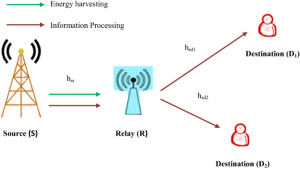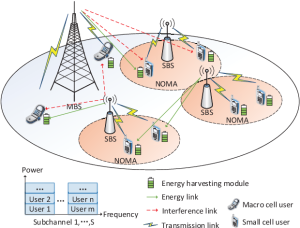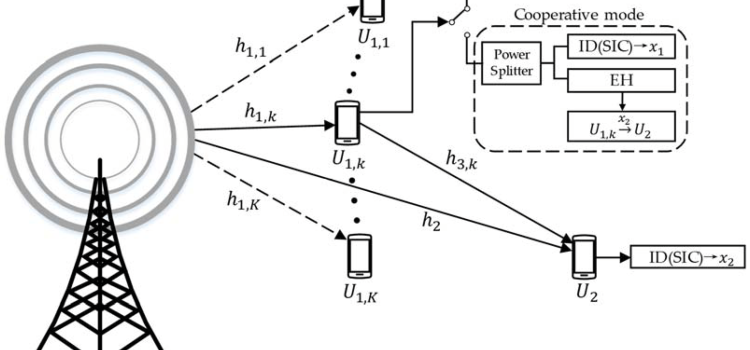
Introduction
Simultaneous Wireless Information and Power Transfer (SWIPT) combined with Non-Orthogonal Multiple Access (NOMA) has emerged as a promising paradigm in wireless communication systems. This convergence enables devices to harvest energy from the received signals while simultaneously decoding the information. Among the crucial components in SWIPT-NOMA systems, antenna design plays a pivotal role in optimizing energy harvesting efficiency and information decoding. This article delves into the significance of innovative antenna designs tailored for maximizing energy harvesting in SWIPT-NOMA systems.
Fundamentals of SWIPT-NOMA Systems
SWIPT-NOMA integrates the functionalities of energy harvesting and information decoding in a single wireless communication framework. NOMA enables multiple users to share the same time-frequency resources by using different power levels and decoding orders. This technique enhances spectral efficiency and system throughput. Meanwhile, SWIPT allows devices to simultaneously harvest energy and decode information from the same received signal, promoting energy sustainability in wireless networks.
Challenges in Antenna Design for SWIPT-NOMA Systems
Optimizing antenna designs for SWIPT-NOMA systems presents various challenges. The antennas need to efficiently capture and convert electromagnetic waves into electrical energy while ensuring minimal interference between the energy harvesting and information decoding processes. Additionally, the compactness and compatibility of these antennas with different devices impose further design constraints.

Innovative Antenna Designs for Enhanced Energy Harvesting
Several innovative antenna designs have been proposed to address the challenges of energy harvesting in SWIPT-NOMA systems:
Multi-resonant Antennas: These antennas are engineered to resonate at multiple frequencies, enabling efficient energy harvesting across a broader spectrum of incoming signals. They facilitate simultaneous energy harvesting from diverse wireless signals, optimizing the overall energy harvesting capability.
Reconfigurable Antennas: Employing reconfigurable techniques, such as using tunable elements or switches, allows antennas to adapt their radiation patterns and operating frequencies dynamically. This adaptability enhances energy harvesting efficiency by better aligning with the characteristics of incoming signals.
Metamaterial-based Antennas: Metamaterials offer unconventional electromagnetic properties, enabling the design of antennas with unique functionalities. Metamaterial-based antennas can be tailored to enhance signal reception, improve radiation characteristics, and boost energy harvesting efficiency by controlling electromagnetic wave interactions.
Harvester-Integrated Antennas: Integrating energy harvesting components directly into the antenna structure optimizes space and improves the overall efficiency of energy conversion. These designs minimize losses associated with separate energy harvesting modules, enhancing the system’s energy utilization.

Conclusion
The synergy between SWIPT and NOMA holds tremendous potential for future wireless communication systems. However, to fully exploit the benefits of this paradigm, advanced antenna designs are imperative. Innovative approaches such as multi-resonant antennas, reconfigurable structures, metamaterial-based designs, and integrated harvester-antennas are paving the way for enhanced energy harvesting capabilities in SWIPT-NOMA systems. Future research should continue exploring novel antenna architectures to further improve energy harvesting efficiency, thereby advancing the development of sustainable and high-performance wireless.










